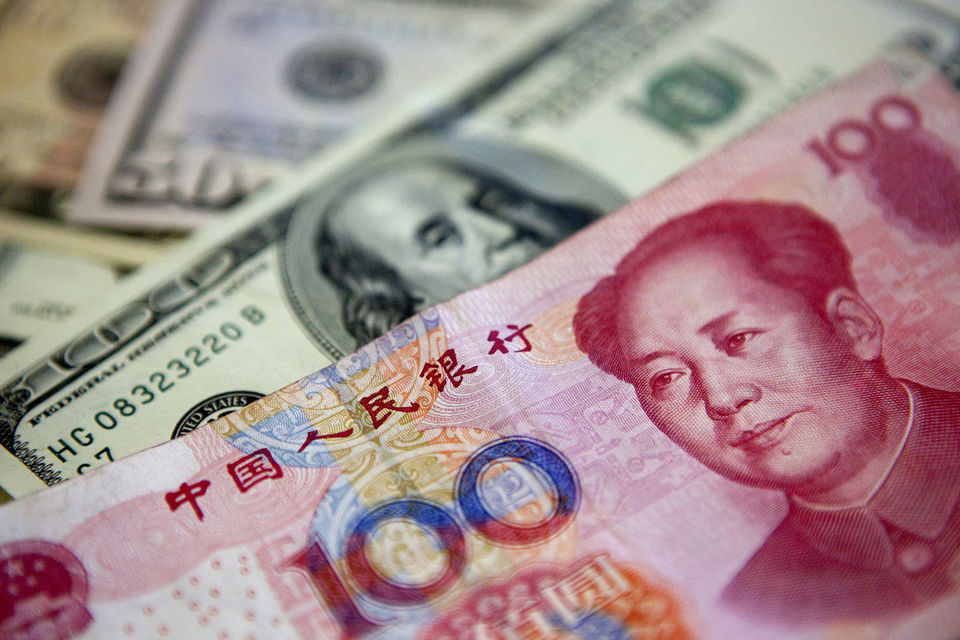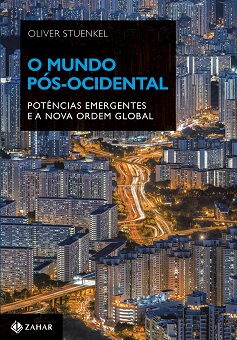
At the IMF board meeting tomorrow, the Chinese yuan is expected to join the elite basket of currencies used to value its own de facto currency. If approved, it will be the first important change to the institution’s Special Drawing Rights (SDR) basket since the euro’s inclusion fifteen years ago. The IMF’s preconditions to include — and recognize a global currency — is that a currency must be “widely used” and that it is “freely usable”. The decision, long overdue due to the size of the Chinese economy, marks a milestone in the Chinese government’s efforts to increase the global role of the yuan. Central banks around the world are now far more likely to add the yuan to their reserves.
In August, in an effort to help protect currencies in the Southeast Asian region against global headwinds, Indonesia proposed a broader use of the Chinese yuan in the ASEAN region in order to better synchronise with China as Asean’s largest trading partner. The timing of the statement was noteworthy, as it occurred at the end of a week that, some argue, badly affected the Chinese government’s international reputation of being the world’s leading technocrats, firm in control of the second largest economy. Quite to the contrary, China’s decision to de-peg the yuan from the dollar, only to hastily spend U$ 200 bn to prevent the currency from devaluating, make the Chinese leadership seem hesitant and divided about the speed of market liberalization. It is a cautionary tale for those who had predicted more profound reforms, a necessary step to start challenging the US-dollar’s global dominance, the bedrock of US hegemony.
China is seeking to establish, since 2009, a controlled internationalization of the yuan. The creation of the China International Payments System (CIPS) is a key element of this strategy, as is the plan to transform Shanghai into a global financial center.
As Hu Jintao explained in 2011,
The current international currency system is the product of the past. As a major reserve currency, the US dollar is used in considerable amount of global trade in commodities as well as in most of the investment and financial transactions…It takes a long time for a country’s currency to be widely accepted in the world. China has made important contribution to the world economy in terms of total economic output and trade, and the renminbi has played a role in the world economic development. But making the renminbi an international currency will be a fairly long process.
The reasons for such a strategy are clear. The global dominance of the US-dollar provides the United States with a tremendous privilege. It costs less for US-Americans to borrow, allowing the government to fund deficits and firms to raise money that would otherwise not be possible. Put differently, the United States has to work less to retain the confidence of global investors, and the pressure to reduce government debt is lower than in economies whose currencies matter little in the international system.
In addition, it allows Washington to wield its political influence far more effectively. The United States can impose sanctions many countries are forced to follow. After all, most international banks need access to the US-American banking system, for which they need a license. Therefore, banks worldwide have to accept whatever sanctions the United States impose – as seen in the cases or Iran and North Korea.
Even though the Chinese government’s goal is to limit the US-dollars dominance and create “currency multipolarity” in the medium or long-term, the internationalization of the yuan will take place in small and experimental steps, as those are less likely to generate instability or anxiety in the domestic or international economy. Giving the yuan more freedom would weaken the currency, potentially spurring capital flight (as happened in the past weeks). Since Beijing started pursuing its yuan internationalization, the use of the currency to settle trade with China has increased strongly. Almost 30% of China’s global trade is now settled in yuan. The Chinese currency is already accepted as a form of payment in Mongolia, Pakistan, Thailand, and Vietnam.
As with any such momentous policy changes, decision-makers in Beijing are far from united regarding the internationalization of the yuan. State-owned enterprises and banks are generally reluctant to internationalize the Chinese currency, as the necessary liberalization would reduce their control over key decisions that affect China’s export-led development model. In the same way, the Ministry of Finance, the National Development and Reform Commission (NDRC), and the State Asset Supervision and Administration Commission (SASAC) are not among the move’s strongest supporters. On the other hand, liberal forces led by the People’s Bank of China (PBoC) are in favor of internationalization as this would help them push through important domestic financial and monetary reforms. After the recent stock market crash, their internal standing is almost certain to have suffered. In addition, their strategy may be dangerous. As Mallaby and Wethington argue,
Only once the domestic financial system has been fortified in this manner is it safe to open the economy to foreign capital inflows, allow the exchange rate to float, and let the country’s money circulate offshore. Currency internationalization should be the endpoint of reform, not the starting point.
The speed of internationalization thus does not only depend on China’s growth trajectory, but also on internal power dynamics. This is particularly so because sound economic arguments point out that transforming the yuan into a global reserve currency could have downsides for China’s economy, too: It would lead to foreigners buying and holding massive amount of yuan, which could lead to a permanent appreciation, thus hurting Chinese exports. In addition, if the US-dollar ever lost its role as uncontested reserve currency, depreciation would almost certainly ensue, negatively affecting the value of China’s dollar reserves.
The perhaps most important move to internationalize the yuan are the numerous swap agreements with central banks, RQFII programs to liberalize capital markets. Since 2008 China has also agreed some $500 billion in currency swaps with nearly 30 countries, including Argentina, Canada and Pakistan.
Although CIPS is, at first glance, little more than a platform to facilitate transactions, its medium- to long term consequences could be significant. It will allow banks and companies to move money around the global on a financial superhighway delinked from the US-centered dollar structures. Being excluded from the US-American system will thus no longer be as terrifying as it once was, reducing US leverage over perceived wrongdoers. However, it is too soon to say whether the yuan may ever be able to challenge the US-dollar as the world’s main reserve currency. The challenges China faces are formidable. Not only must the yuan be universally convertible, the country would also have to create a transparent and liquid bond market. Government intervention during market turmoil in July and August 2015 shows that China still is a long way off allowing the markets to self-regulate. In the same way, it is hard to imagine how the yuan could compete with the dollar without a more transparent legal system, which would enhance trust in the government. Injoo Sohn points to additional difficulties:
The absence of formal alliances also seems to constrain the scope of China’s political leverage to internationalize its currency. The dollar internationalization of the early postwar years was supported not only by the United States but also by key Western European allies – China does not enjoy such support as it pursues RMB internationalization. The Cold War period gave U.S. allies more political incentives to maintain economic and financial ties with the United States through the offshore dollar market. With political confidence and trust, London banks started to lend out Eurodollars to other corporate customers in Western Europe in the 1970s.
What we can say is that, compared to the transition from the British pound to the US-dollar in the mid twentieth century, risks were manageable largely because both the pound and the dollar were convertible into gold at fixed rates. In the same way, policy makers in Washington and London were largely aligned on many broader issues concerning global order. Washington and Beijing, by comparison, think of their bilateral relationship far more in the context of ambiguous mutual dependence and suspicion.
Read also:
Market turmoil and the future of Chinese institution building
Can Shanghai become a global financial center?
BRICS: Time to create an OECD-type structure?
Photo credit: bloomberg News








